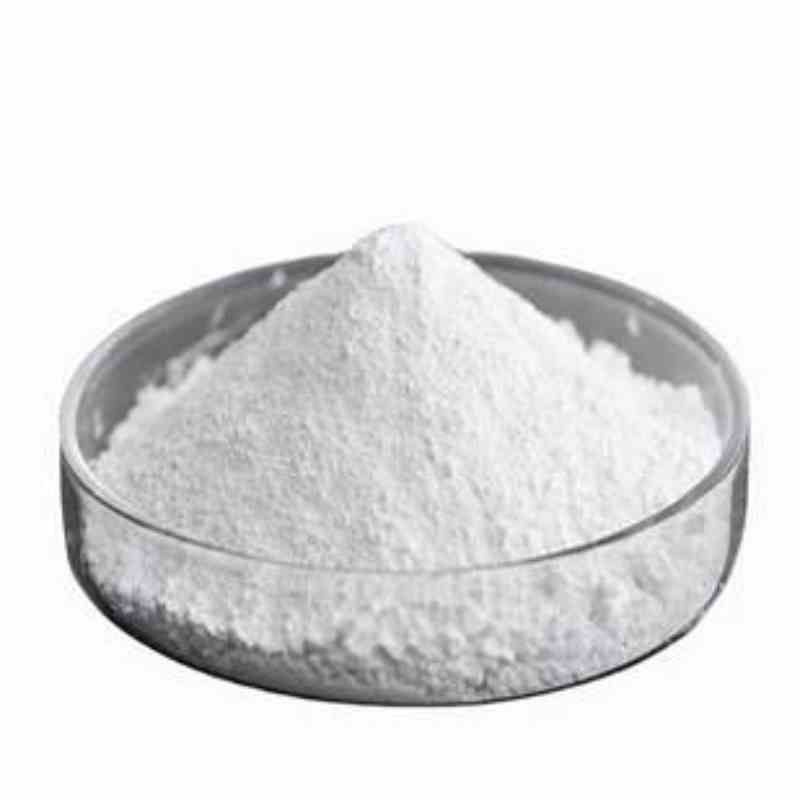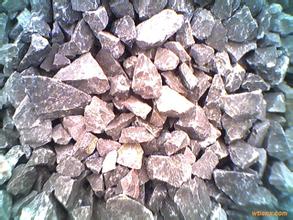
Limestone-gypsum desulfurization process, technology and production line

The common desulfurization process in power plants is the dry-wet desulfurization process using limestone and gypsum powder. All the desulfurization in its power plants cannot do without limestone powder. The desulfurization effect is achieved by some chemical reactions of limestone powder.
Dry desulfurization process of limestone powder
Dry desulfurization involves the in-furnace injection of limestone powder and calcium activation. The process can be divided into two main stages: calcium injection in the furnace and humidification and activation after the furnace. Use a European trapezoidal grinding mill or a vertical grinding mill to grind the limestone into limestone powder (CaCO3) of about 325 mesh. Then, spray the dry limestone powder into the upper part of the boiler furnace with pneumatic force, in the area where the furnace temperature is 850 to 950℃. The flue gas enters the upper part of the activator through the vertical flue, and at the same time, atomized water is sprayed into the activator for humidification. The unreacted CaO in the flue gas reacts with water to form highly reactive cao at low temperatures. To ensure that the desulfurization ash from the dry process is in a dry state and that the system has an excellent desulfurization efficiency, strict control over the amount of water sprayed and the diameter of water droplets is necessary
Limestone-gypsum wet desulfurization process
First, lime, limestone and other materials are processed into fine powder and then sprayed into the absorption tower by pneumatic force. Then, water is added to turn it into limestone slurry. The flue gas coming out of the electrostatic precipitator enters the heat exchanger GGH through the booster fan BUF. After being cooled, the flue gas enters the absorption tower Abs and mixes with the limestone slurry. More than 95% of the sulfur in the flue gas can be removed after being washed by limestone slurry. It can also remove nearly 100% of the hydrogen chloride in the flue gas at the same time. At the top of the absorber, flue gas passes through the demister Me to remove suspended water droplets.
Limestone-gypsum slurry is pumped from the sedimentation tank of the absorption tower into the nozzle header installed at the top of the tower. During the descent of the limestone-gypsum slurry along the spray tower, it comes into contact with the rising flue gas. The SO2 in the flue gas dissolves into the aqueous solution and is neutralized by the alkaline substances within it, thereby removing sulfur from the flue gas. Calcium carbonate in limestone reacts with sulfur dioxide and oxygen (oxygen in the air), and eventually forms gypsum, which precipitates from the solution in the sedimentation tank. The gypsum slurry is drawn from the sedimentation tank of the absorption tower, and after concentration, dewatering and washing, it is stored first and then transported away from the local area.
The characteristics of the wet limestone desulfurization process compared with the dry desulfurization process include: high desulfurization efficiency, with a general desulfurization rate of over 95%, and a high utilization rate of absorbents, usually exceeding 90%. The operation is reliable, the technology is mature, and the reliability of the equipment reaches over 98%. It has a wide range of applications and is suitable for low, medium and high sulfur coal. The absorbent is inexpensive and abundant in resources. The by-products of desulfurization are conducive to comprehensive utilization.
Limestone powder is indispensable in both dry and wet desulfurization processes in power plants. The particle size of the limestone powder also has a certain impact on the desulfurization effect. The required particle size is generally between 250 mesh and 325 mesh. Limestone powder with 325 mesh has a better desulfurization effect. The commonly used equipment includes European version trapezoidal grinding mills and vertical grinding mills, both of which have the characteristics of environmental protection and energy conservation. The finished product particle size can be adjusted between 250 and 325 mesh.


